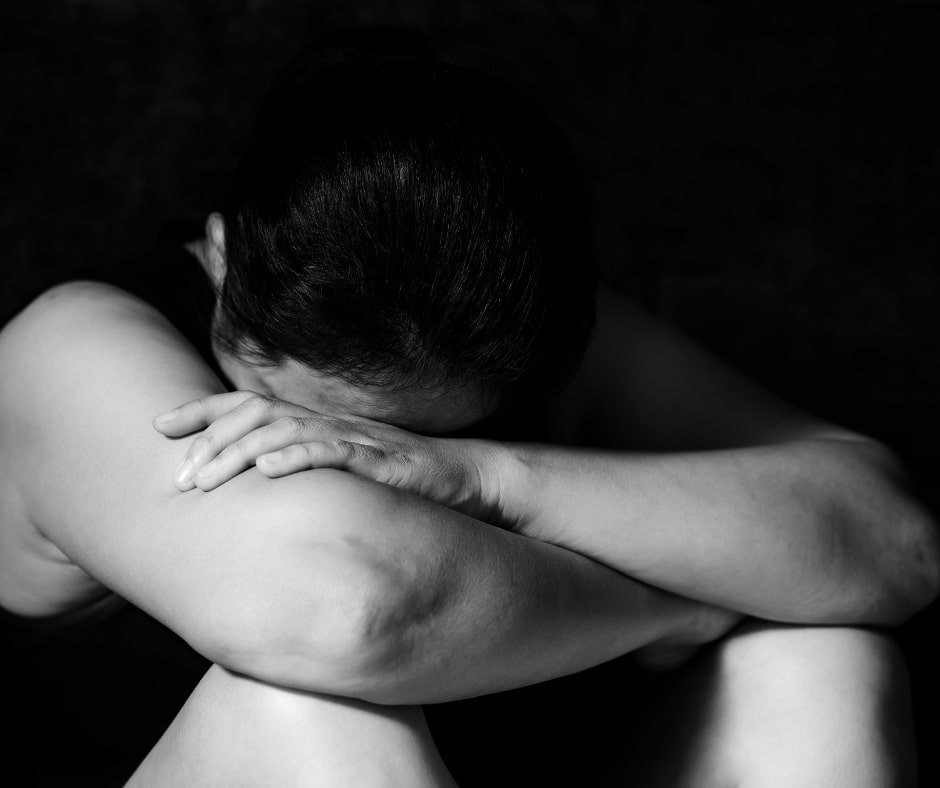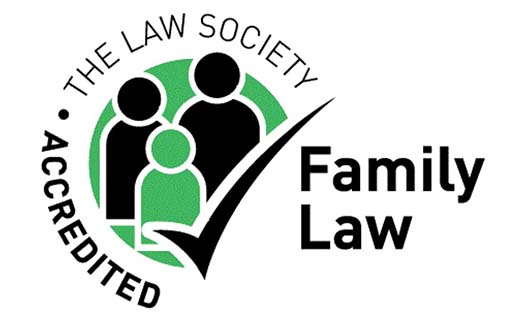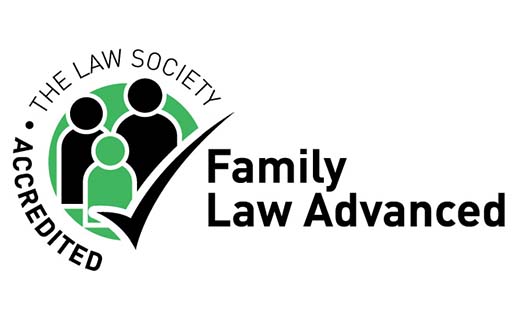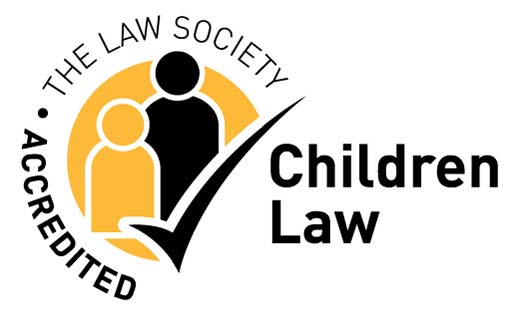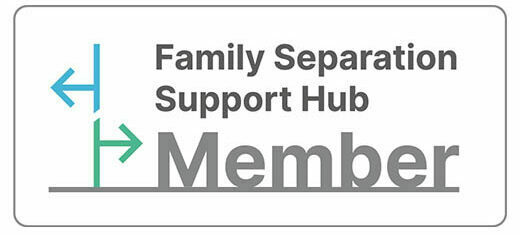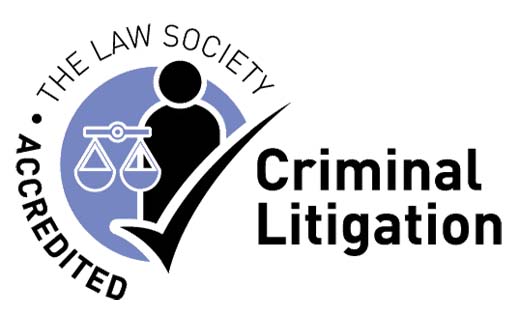Clare’s Law, sometimes referred to interchangeably as the Domestic Violence Disclosure Scheme, provides a number of different ways for police officers to disclose a person’s criminal history (particularly pertaining to abusive behaviour).
The law is intended to help reduce instances of domestic violence.
What is Clare’s Law?
Clare’s Law takes its name from Clare Wood, a victim of domestic violence who was murdered by her former partner, despite his extensive prior criminal record indicating he was dangerous.
Unbeknown to 36-year-old Clare, her ex-boyfriend George Appleton had a lengthy history of violence, and had already served three prison sentences prior to their relationship. He had abused multiple women and was known to the Greater Manchester Police.
In February 2009, Clare was strangled and burned by Appleton, who later committed suicide. A review by the Independent Police Complaints Commission acknowledged there had been multiple failings by officers when handling Clare’s case.
The law was first implemented in England and Wales in 2014, but its influence has since spread much further. Similar policies have been adopted (or suggested) not only across the rest of the UK, but also in Canada and Australia.
Clare’s Law was first instated on International Women’s Day (8 March) 2014, having been piloted widely from 2011.
What is shown on Clare’s Law?
Clare’s Law is composed of two elements: the right to ask, and the right to know. The first element gives members of the public the right to request information about a potential abuser. The second allows police to disclose this information under some circumstances, helping to keep the public safe.
The same structure has been adopted across various Commonwealth countries, or is in the process of being piloted.
Through Clare’s Law, individuals have the right to see information that could help to keep them safe from the threat of domestic violence. Police are at liberty to dispense this information on a case-by-case basis, and can only disclose relevant information on the individual who is being investigated.
This could include prior convictions, prison sentences or cautions that indicate an abusive pattern.
How do you check someone on Clare’s Law?
Requests for information can be submitted to the police, at which point they will be checked by a review panel to assess whether information can be disclosed in the public interest. The system has proven to be popular since its inception, and a majority of requests are granted, leading to disclosure.
If you want to check the legal background of an individual, then it is certainly something to investigate for your own safety.
You can this by contacting the police via 101 to log the request for a disclosure, this will then be picked up and dealt with according by the police. The police will contact the person making the request to further discuss the concerns and decide whether it is appropriate for any additional information to be shared in order to help protect the person who is in the relationship with the individual who may be at risk.
Can I find out if my boyfriend has a criminal record?
If your request falls under the criteria of Clare’s Law, then yes – it is entirely possible to find out whether your boyfriend has a criminal record.
The right to ask relates to anyone, as long as you are over the age of 16 at the time of applying. This right applies regardless of gender identity, race, religion and sexual orientation.
The right to know is the part of the scheme where the police check to see if the current or former partner has a violent or abusive past on record. If they believe you may be at risk, then they may share that information with you.
Clare’s Law is designed to create a formal pathway to discovering information that an abusive partner may wish to keep concealed. By being proactive in disclosing the information, the aim is to help prevent domestic abuse before it happens.
Why does Clare’s Law exist?
Clare’s Law exists to help make things safer for people at threat of domestic violence. It provides a way for people to legally discover whether their partner has a history of abuse or violent behaviour, which can in turn influence whether they proceed with the relationship or need to take legal action to help ensure their safety.
The scheme allows people to request information about their current or former partner, but it also lets them apply for the same information about the current or former partner of a relative, family member or neighbour they think may be at risk.
Contact The National Legal Service
The National Legal Service offers expert legal aid to help settle family disputes and provides a fast, effective and reliable family legal service nationwide. We’re open Monday-Friday, 9am-5.30 pm. To find out more, contact the team.
